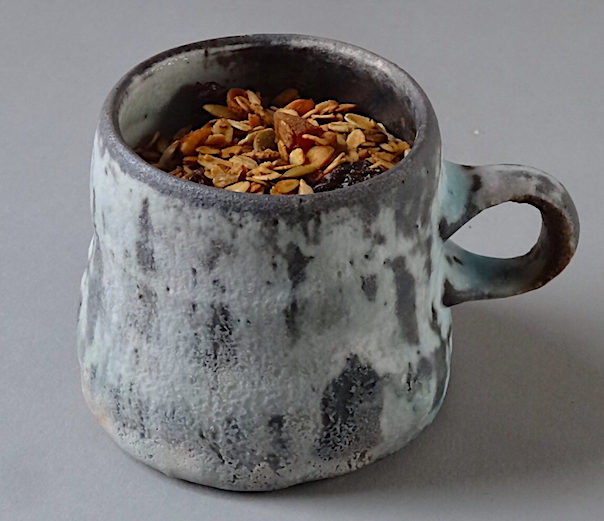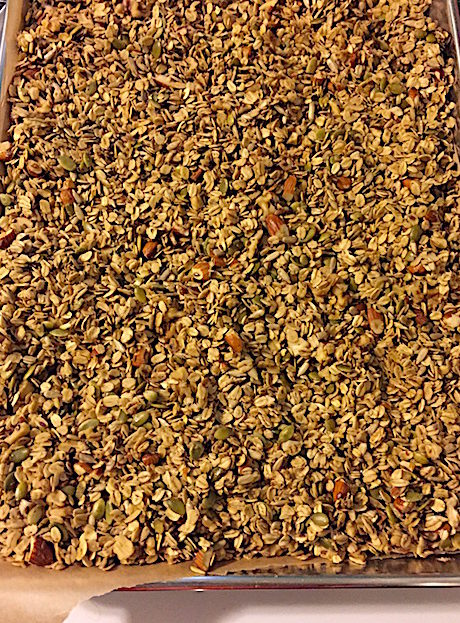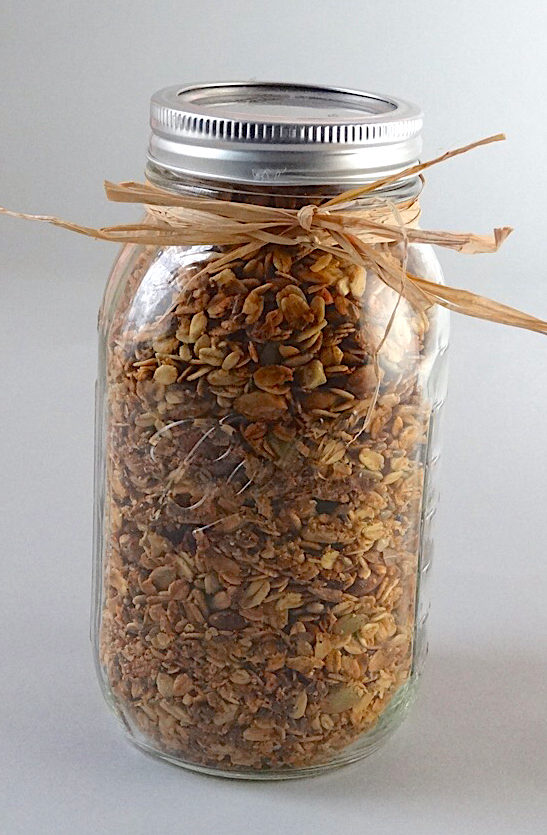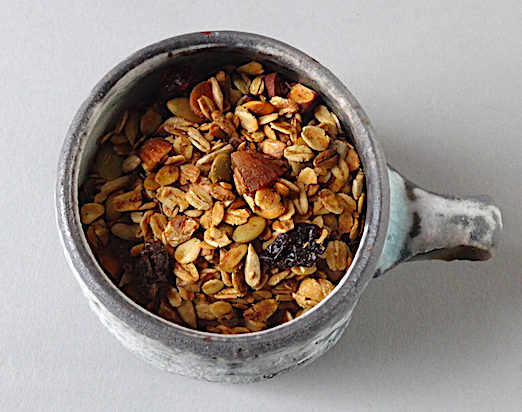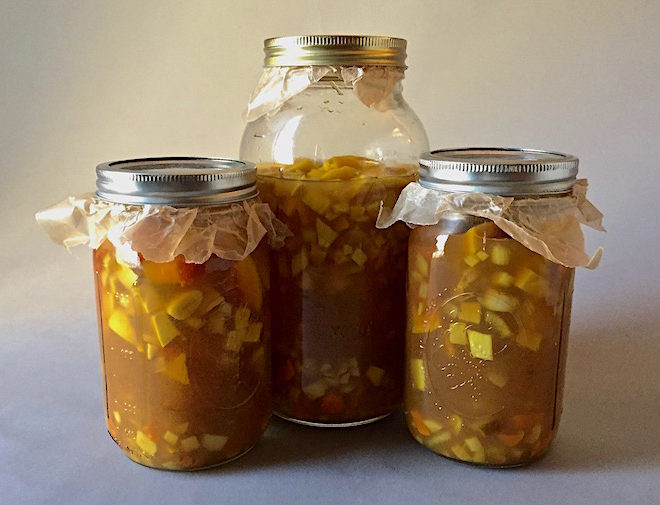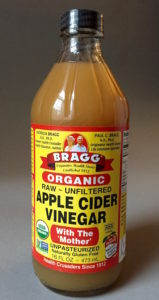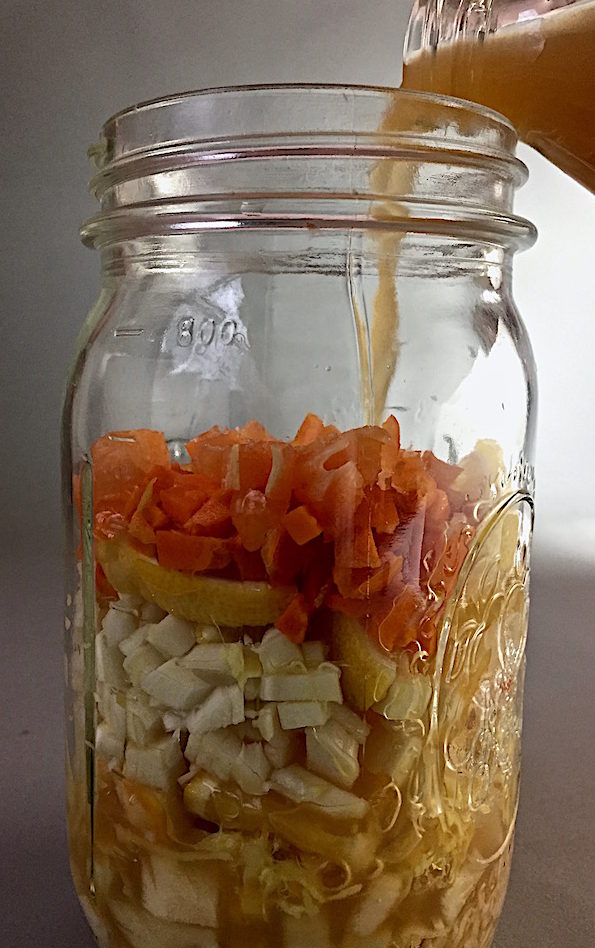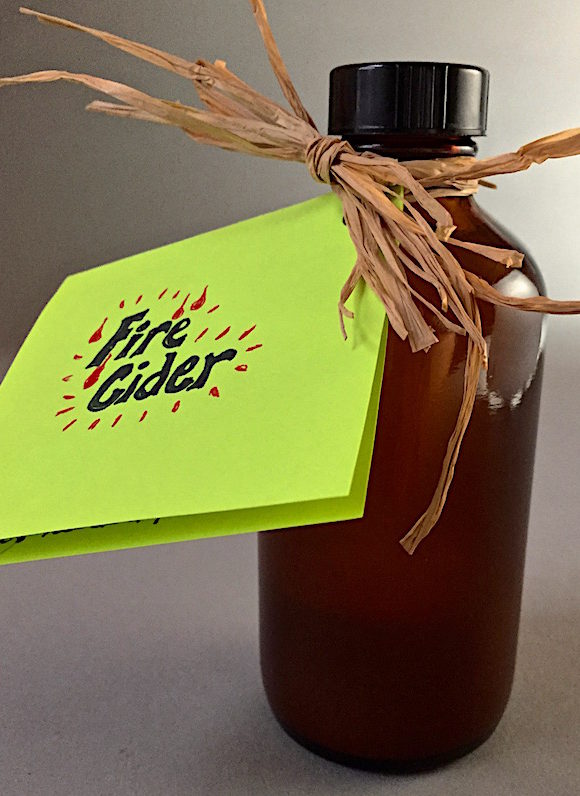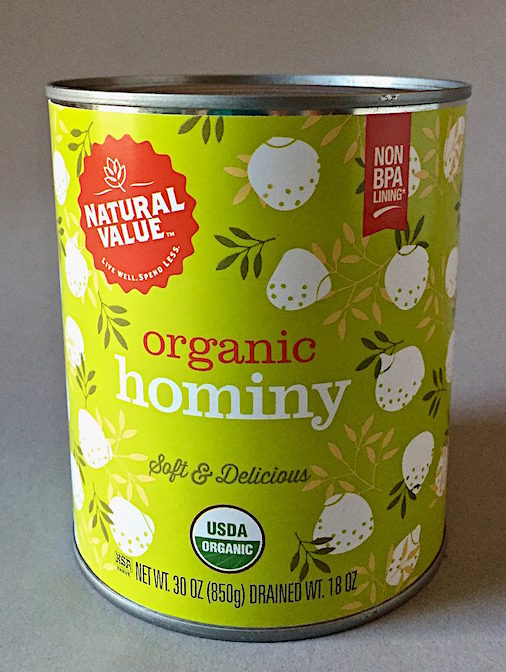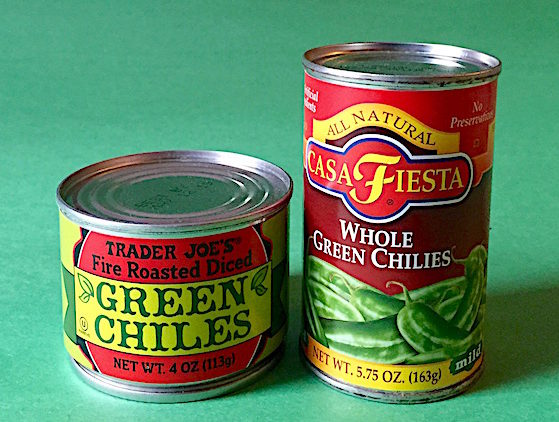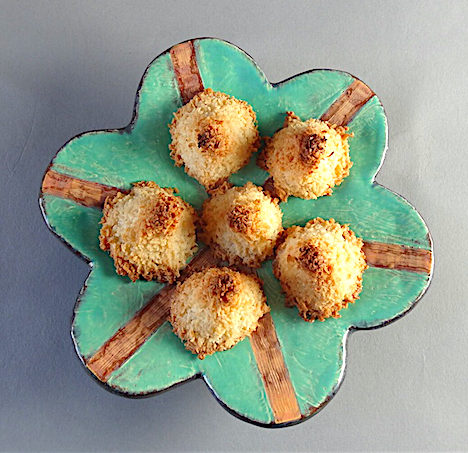
Earthenware flower plate by Holly Walker
I love to bake although I don’t do it much anymore. However, around the holidays I always find myself in the mood. I’ve been known to bake 8 kinds of cookies just to compose holiday gifts. My mother had a friend who used to bring us a tin with a variety of the most beautiful, delicious and buttery cookies every December; I think I’ve been trying to recreate something as special ever since. My cookies are never quite as delicate or complicated but I make an effort to make sure they taste good.
The simplest cookie recipe I know is a coconut haystack or macaroon. It is flourless and can be made with finely shredded coconut or a combination of fine and broad shreds as long as they are unsweetened. You could easily double or halve the recipe and you can swap out the traditional vanilla for almond or lemon extract with some lemon zest added for more flavor. Once cooled, the haystacks can be stored in an airtight container for a few days and, if you like them warm, can be reheated on a cookie sheet lined with parchment paper. They freeze well but must be in a single layer so as not to stick together.
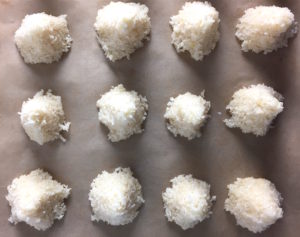
Some recipes call for sweetened condensed milk. You can add a 14 oz can in place of the sugar if you want your cookies moister and richer. You can also drizzle or dip them in melted chocolate for a fancier cookie. Any version you choose will be delicious with a cup of coffee or tea – just right for a bright moment on the shortest day of the year. Happy winter!!
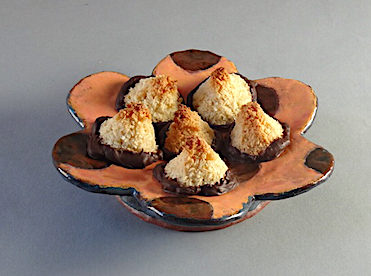
Earthenware flower plate by Holly Walker
COCONUT HAYSTACKS
Preheat oven to 350 degrees.
- Beat together until well combined:
- 2 egg whites
- 2/3 cup sugar
- 1tsp vanilla or lemon extract (if using lemon, add zest of 1 lemon)
- Pinch salt
- Mix in:
- 2 generous cups shredded unsweetened coconut
Spoon up by heaping tablespoonfuls and form into haystacks by compressing with your fingers (wet fingers in water to keep from sticking).
Arrange on a parchment paper covered cookie sheet about 1″ apart.
Bake 20-25 minutes until starting to brown. Check often in last 5 minutes so they don’t burn.
Cool completely on wire racks and store for up to 3 days or freeze in a single layer.
If you like, dip in melted chocolate and place on waxed paper to set up.
Makes 20-24 cookies, depending on size.

 Flavorwalla by Floyd Cardoz, (a Top Chef winner who worked in several restaurants (Tabla and North End Grill) before opening Paowalla this year), has so many recipes I want to make, I don’t know where to start. From citrus-brined chicken to sticky toffee pudding (one of my favs), Cardoz’s dishes are full of interesting spice blends and herbal additions to elevate ordinary meals without being complicated. His instructions are thorough with thoughtful explanations and lots of beautiful photos. He includes a section of basics, such as stock and tamarind paste so you can make them yourself.
Flavorwalla by Floyd Cardoz, (a Top Chef winner who worked in several restaurants (Tabla and North End Grill) before opening Paowalla this year), has so many recipes I want to make, I don’t know where to start. From citrus-brined chicken to sticky toffee pudding (one of my favs), Cardoz’s dishes are full of interesting spice blends and herbal additions to elevate ordinary meals without being complicated. His instructions are thorough with thoughtful explanations and lots of beautiful photos. He includes a section of basics, such as stock and tamarind paste so you can make them yourself. The Good Fork Cookbook by Sohui Kim (the Korean/American chef and restaurant owner) with Rachel Wharton. Wide ranging stories from her Brooklyn kitchen with recipes that are do-able and have great illustrative photos. This is comfort food based in the cooking of many countries because of her family and professional experience. Reading it made me want to go to her restaurant although the recipes seem easy enough. Her recipes, with photos, for dumplings makes them look more approachable than usual and the picture of her ribs – well, see if you don’t salivate.
The Good Fork Cookbook by Sohui Kim (the Korean/American chef and restaurant owner) with Rachel Wharton. Wide ranging stories from her Brooklyn kitchen with recipes that are do-able and have great illustrative photos. This is comfort food based in the cooking of many countries because of her family and professional experience. Reading it made me want to go to her restaurant although the recipes seem easy enough. Her recipes, with photos, for dumplings makes them look more approachable than usual and the picture of her ribs – well, see if you don’t salivate.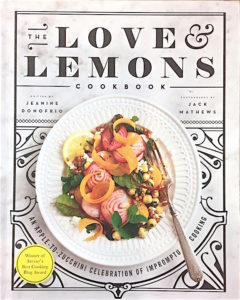 The Love & Lemons Cookbook by Jeanine Donofrio (whose blog bears the same name –
The Love & Lemons Cookbook by Jeanine Donofrio (whose blog bears the same name – 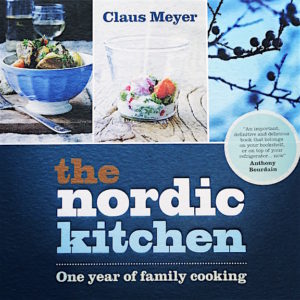 The Nordic Kitchen: One year of family cooking by Claus Meyer (of Noma and the Great Northern Food Hall at Grand Central – my favorite, new midtown stop). Lots of ideas for beets, cabbage, carrots, apples and mushrooms as well as fish, meat and game recipes that are not complicated. A few exotic ingredients but pretty down to earth and clearly written.
The Nordic Kitchen: One year of family cooking by Claus Meyer (of Noma and the Great Northern Food Hall at Grand Central – my favorite, new midtown stop). Lots of ideas for beets, cabbage, carrots, apples and mushrooms as well as fish, meat and game recipes that are not complicated. A few exotic ingredients but pretty down to earth and clearly written. Taste of Persia: A Cook’s Travels Through Armenia, Azerbaijan, Georgia, Iran and Kurdistan by Naomi Duguid (a Canadian food writer and photographer) is part cookbook and part travelogue. She includes descriptions of places, types of food, people and ingredients and offers different takes on rice dishes, meats, soups, fish and breads. The book is organized by country, has a useful glossary, beautiful photos and reading it feels like you are taking a trip.
Taste of Persia: A Cook’s Travels Through Armenia, Azerbaijan, Georgia, Iran and Kurdistan by Naomi Duguid (a Canadian food writer and photographer) is part cookbook and part travelogue. She includes descriptions of places, types of food, people and ingredients and offers different takes on rice dishes, meats, soups, fish and breads. The book is organized by country, has a useful glossary, beautiful photos and reading it feels like you are taking a trip.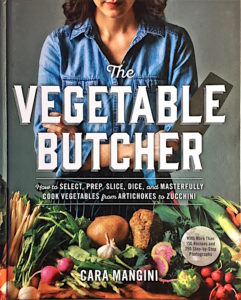 The Vegetable Butcher by Cara Mangini (the granddaughter and great-granddaughter of meat butchers) also organized her book by vegetable. The beauty of this book is the step by step photographed instructions on cleaning, prepping and cutting as well as the discussions of different cooking methods appropriate to each vegetable. She includes lots of sauces and dressings and ways to vary them, which is so helpful.
The Vegetable Butcher by Cara Mangini (the granddaughter and great-granddaughter of meat butchers) also organized her book by vegetable. The beauty of this book is the step by step photographed instructions on cleaning, prepping and cutting as well as the discussions of different cooking methods appropriate to each vegetable. She includes lots of sauces and dressings and ways to vary them, which is so helpful.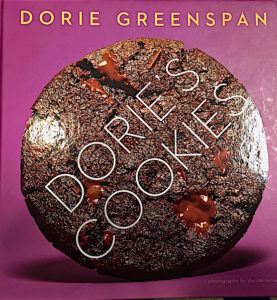
 There were a few books that almost defy categorization but would make wonderful gifts. For the experienced cook, A Treasury of Great Recipes by Mary and Vincent Price (yes, Vincent Price of the old horror movies) offers menus, stories and recipes from their travels and is a bit of a nostalgia trip.
There were a few books that almost defy categorization but would make wonderful gifts. For the experienced cook, A Treasury of Great Recipes by Mary and Vincent Price (yes, Vincent Price of the old horror movies) offers menus, stories and recipes from their travels and is a bit of a nostalgia trip. 